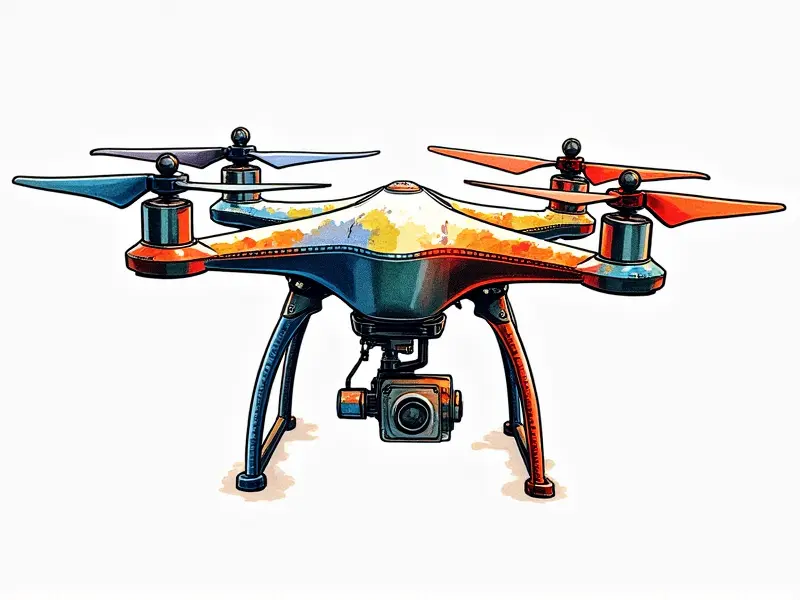RC plane frequency control

Best RC Plane Frequencies Explained
The world of remote control (RC) planes is vast and diverse, with a myriad of options available to enthusiasts. One critical aspect that often confounds newcomers is the selection of frequencies for their RC plane. The right frequency can make all the difference in ensuring smooth operation and avoiding interference from other devices.
Understanding RC Aircraft Channels
The term "channel" refers to a specific frequency band used by an RC transmitter and receiver pair. Each channel operates on its own unique frequency, allowing multiple planes to fly simultaneously without interfering with each other's signals. Typically, RC aircraft use channels in the 72MHz range for analog systems or the 2.4GHz spectrum for digital models.
Avoiding Interference in RC Planes
Interference is a common issue that can disrupt your flying experience. To minimize this risk, it's crucial to choose frequencies that are less crowded and ensure you're not operating near other radio devices or sources of electromagnetic interference (EMI).
Selecting Optimal Frequencies for RC Airplanes
- 72MHz Range: This band is ideal for traditional analog systems, offering a wide range of channels to choose from. However, it's important to check the local regulations and frequency allocations.
- 2.4GHz Spectrum: Modern digital RC planes operate in this higher-frequency range, which offers better resistance against interference due to its wider bandwidth and more available channels.
Setting Up RC Plane Transmitter Bands
To set up your transmitter bands correctly, follow these steps:
- Select a Frequency Band: Choose either the 72MHz range or the 2.4GHz spectrum based on your preference and local regulations.
- Configure Channels: Most transmitters allow you to configure multiple channels for different functions like throttle, elevator, rudder, and aileron control.
- Pair Transmitter with Receiver: Ensure that the transmitter and receiver are paired correctly by following the manufacturer's instructions. This usually involves pressing specific buttons on both devices simultaneously until they synchronize.
Essential RC Plane Frequency Settings
Several settings are crucial for optimal performance:
- Channel Assignment: Assign each control function to a dedicated channel. For instance, the throttle might be on Channel 1, while the elevator is assigned to Channel 2.
- Sensitivity Adjustment: Adjust the sensitivity of each channel according to your flying style and preferences for responsiveness.
How to Change RC Plane Frequency
If you need to change frequencies, here’s how:
- Access Settings Menu: Navigate through your transmitter's menu system to find the frequency or channel settings option.
- Select New Frequency: Choose a new frequency from the available options. Ensure that you select one that is not being used by other RC devices in your area.
- Synchronize Transmitter and Receiver: Once you've selected the new frequency, synchronize the transmitter with the receiver to ensure they are operating on the same channel.
RC Plane 2.4GHz vs Analog Frequencies
The choice between 2.4GHz digital frequencies and traditional analog channels depends on your needs:
- Analog (72MHz): Offers a wide range of frequencies but is more susceptible to interference from other devices.
- Digital (2.4GHz): Provides better resistance against interference and offers smoother control, making it ideal for advanced pilots or those flying in crowded areas.
Beginner's Guide to RC Frequencies
If you're new to the world of RC planes, here are some tips:
- Start with 2.4GHz: For ease of use and reduced interference, beginners often find it easier to start with a digital system operating in the 2.4GHz range.
- Check Local Regulations: Before setting up your RC plane, check local regulations regarding frequency usage to avoid legal issues.
Choosing the Right RC Plane Band
Selecting the right band depends on several factors:
- Purpose of Use: Consider whether you're flying for fun or competition. Competitive pilots might prefer 2.4GHz for its superior performance.
- Local Interference Levels: If your area is crowded with other radio devices, opt for a less congested frequency band.
Common Issues with RC Plane Frequencies
Some common issues include:
- Interference: This can cause erratic behavior in your plane. Ensure you're using the least crowded frequencies to minimize this risk.
- Inadequate Pairing: Improper pairing between transmitter and receiver can lead to loss of control or poor performance.
Conclusion
Maintaining optimal frequency settings is crucial for a smooth flying experience with your RC plane. By understanding the basics of RC frequencies, avoiding interference, and choosing the right band, you'll be well-equipped to enjoy your hobby without any technical hitches. Whether you're a beginner or an experienced pilot, mastering these fundamentals will enhance your enjoyment and performance in the skies.

